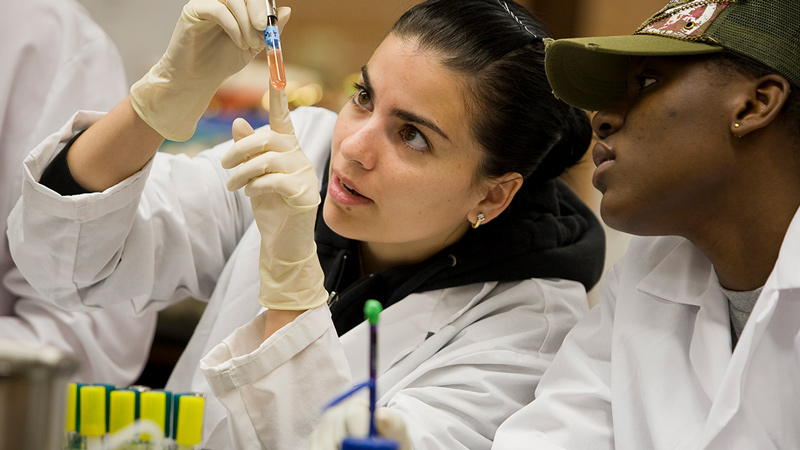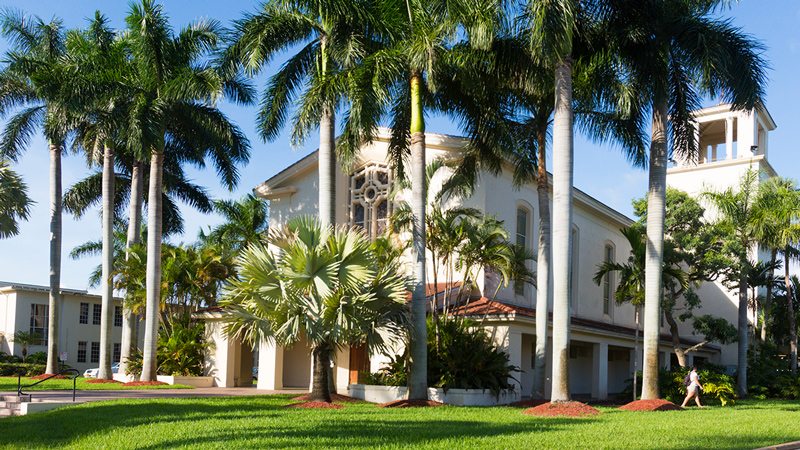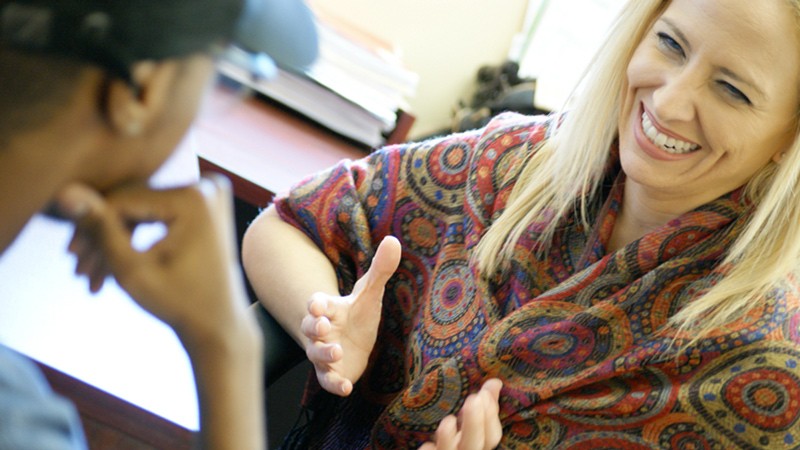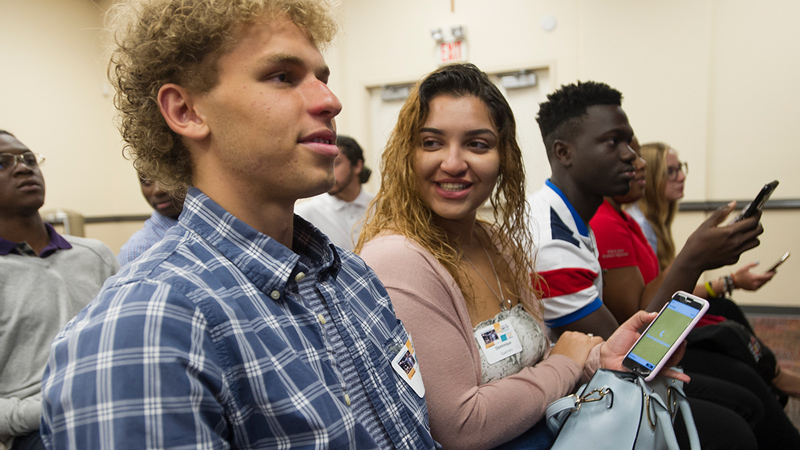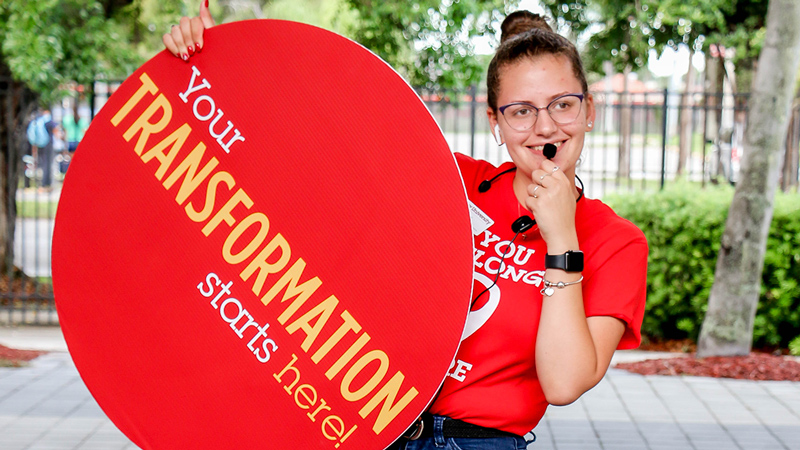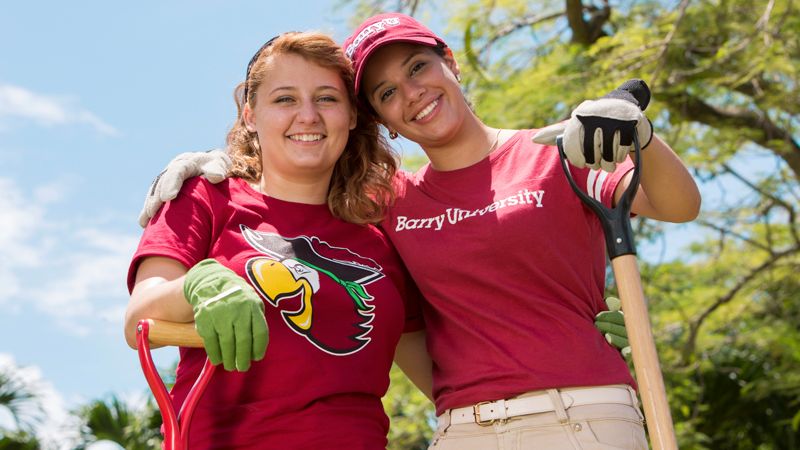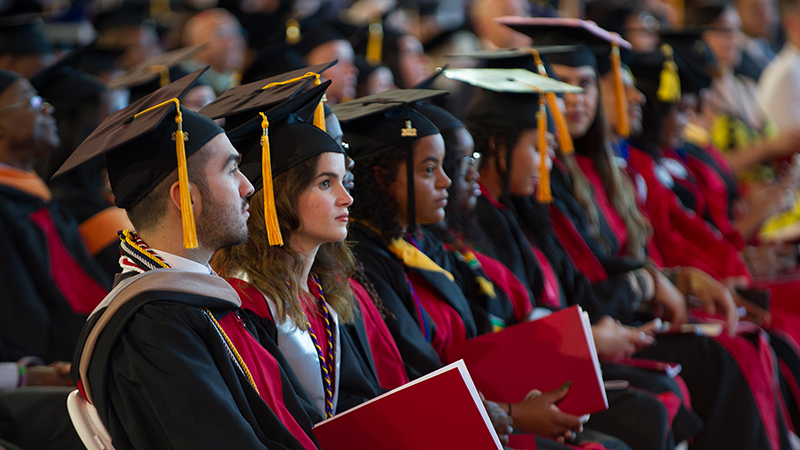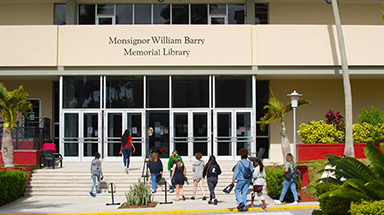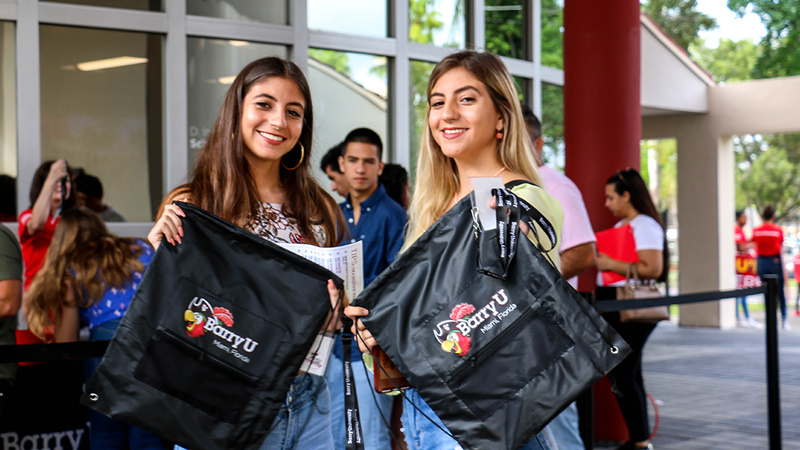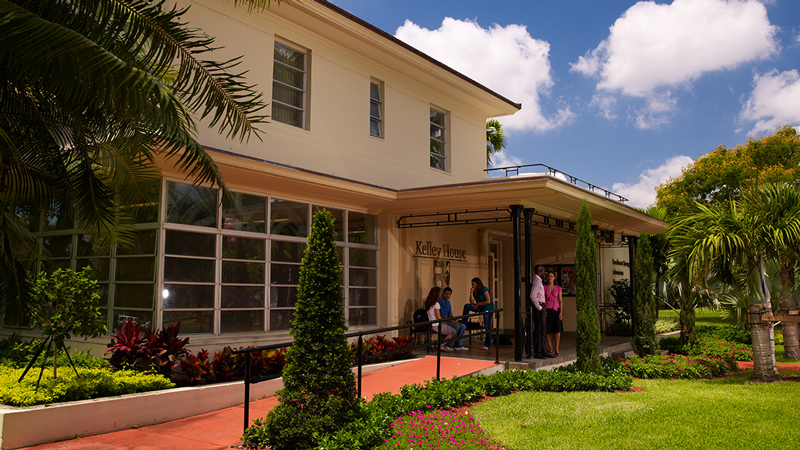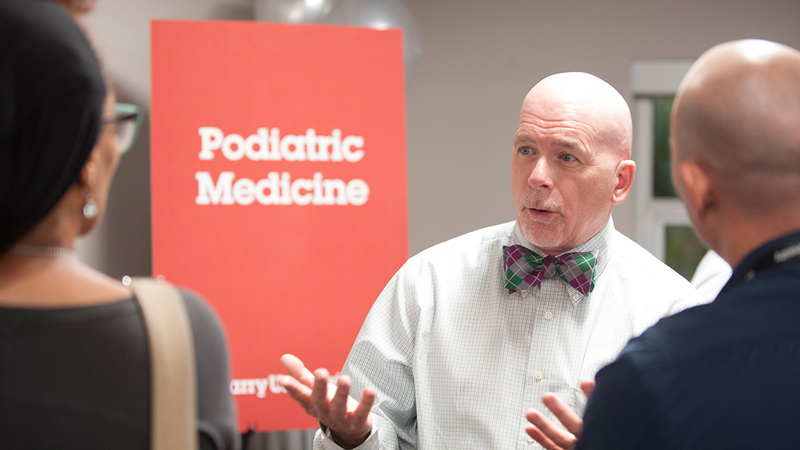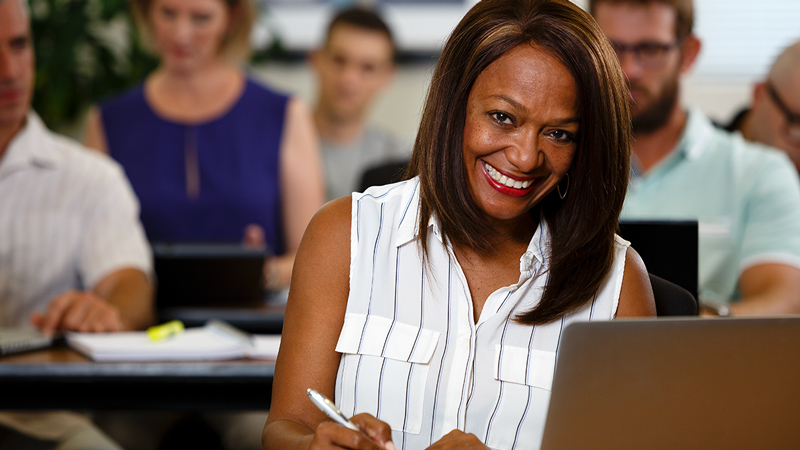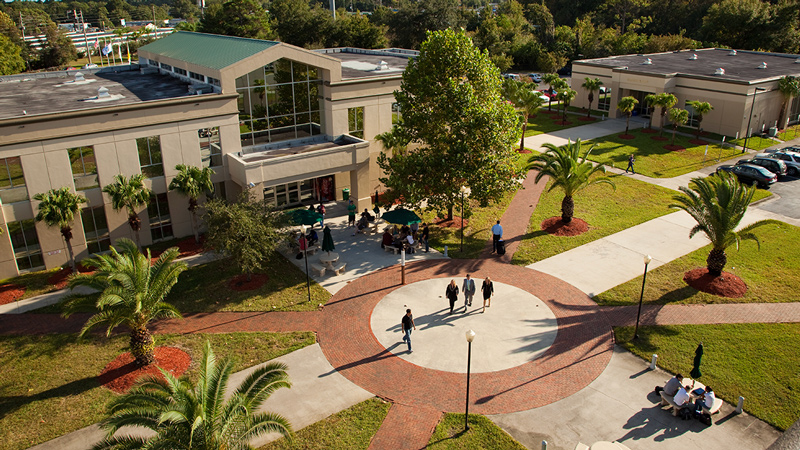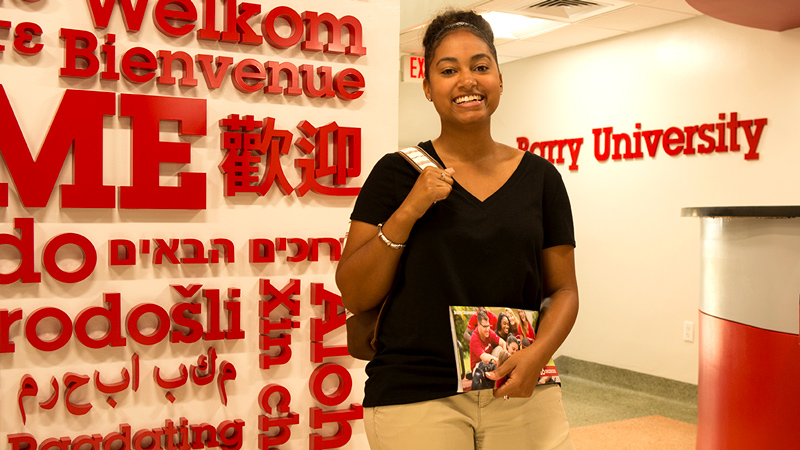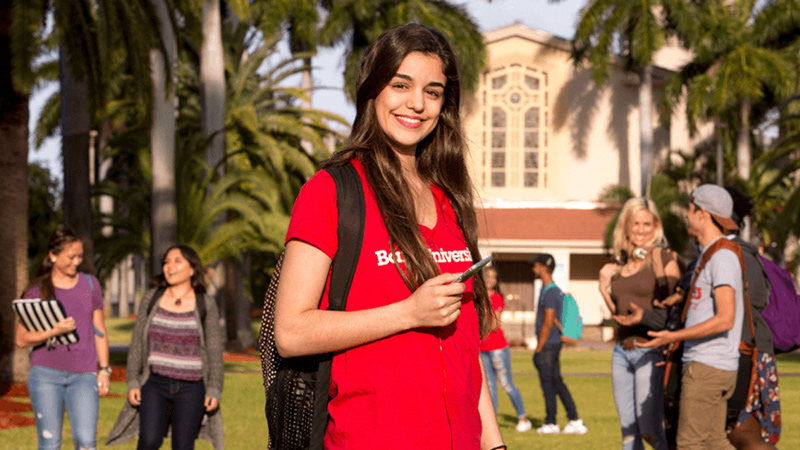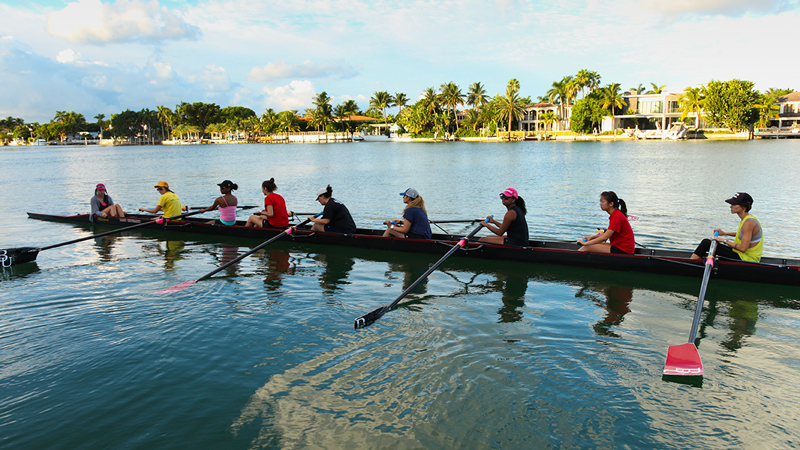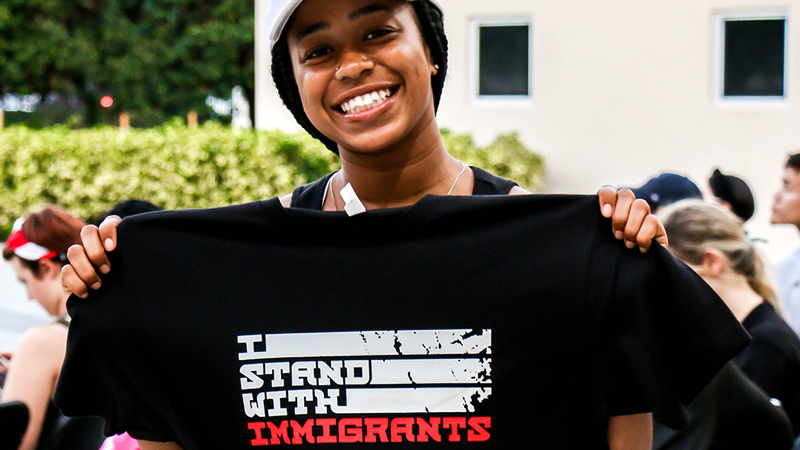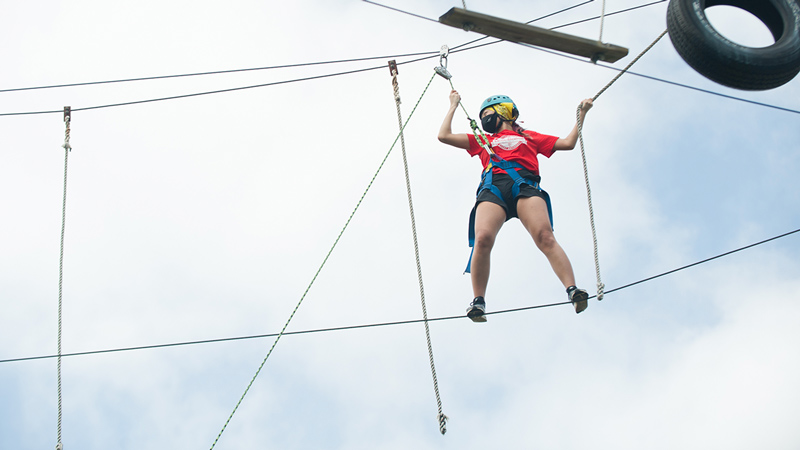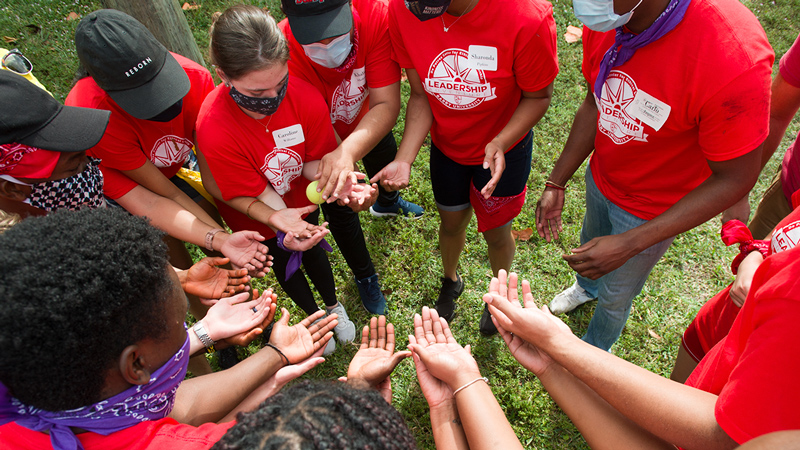1. Early Voting - This type of voting method takes place on the 10th day before Election Day and ends on the 3rd day before Election Day. It is a great option for registered voters who work on Election Day or who simply want to avoid the long line at the polls. For early voting sites, contact your Supervisor of Elections.
2. Absentee Voting (Non-Military) - This type of voting method is for U.S. citizens who will be away from their place of residence during the elections. It is also for individuals who simply prefer to vote through mail. Your Supervisor of Elections must receive your request for an absentee ballot in the mail no later than the 6th day before Election Day by 5:00 p.m. Contact your Supervisor of Elections to have your absentee ballot mailed to you.
3. Absentee Voting (Military) - This type of voting method is for active duty U.S. service men and women, their spouse, and their dependents, who are located outside of the country. A request to register to vote and receive an absentee ballot can be made using the Federal Post Card Application (FPCA). A request can be made by contacting your Voting Assistance Officer or through the internet at www.fvap.gov. The absentee ballot will then be mailed out, faxed, or emailed to you no later than the 45th day before Election Day.
4. Customary Voting - Join the lines on Election Day.
All absentee ballots must be received by the Supervisor of Elections no later than 7:00 p.m. on Election Day.
